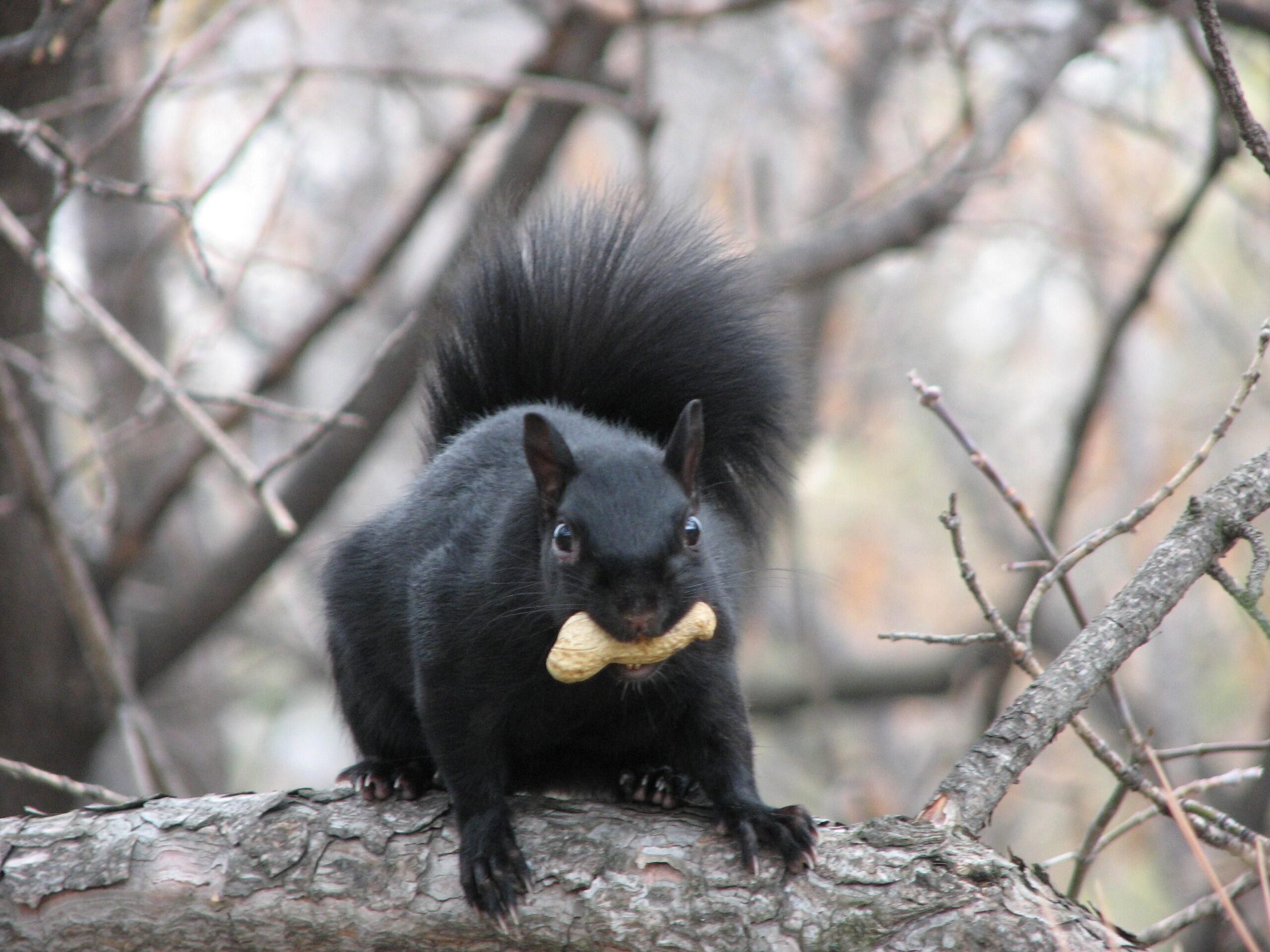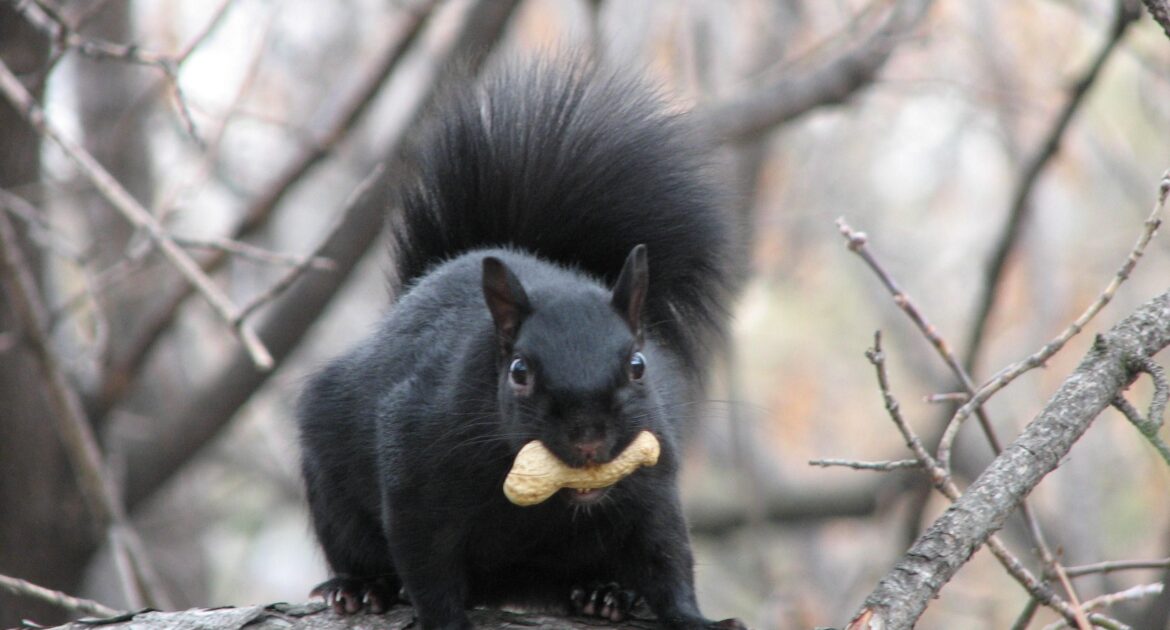Squirrels are some of those animals that are easily recognizable by their tails. Squirrel tails are big bushy, sometimes red or brown, but also gray, black, and even white variations. Squirrels don’t just have big bushy tails to look cute, though. Squirrels use their tails for a variety of essential purposes, many of which can be life-saving. What happens when squirrels lose their tails? Can they still survive in the wild? Learn the ways that squirrels use their tails to survive, what happens if they lose their tails, and who to call for squirrel removal and wildlife control in Okanagan.
Use
Squirrels use their tails in everyday activities. They use their tails for mating, defending their territory, and deterring predators. A squirrel in the wild who swishes and flicks its tail around is definitely trying to tell you something. There are also some lesser-known uses for squirrel’s tails that come in handy during a crisis in the animal kingdom.
Swimming
Squirrels aren’t known for their high aptitude in the water. It is not often that you hear about a squirrel crossing a creek or a river or any body of water, really. But it does happen. While squirrels will not attempt to cross water unless it is an emergency, they can swim and will do so if the need arises. Squirrels are best known for their doggy paddle and using their tail as a sort of rudder to maintain their direction in the water.
Balance
Alternately, squirrels are actually known for their remarkable balance. They scale trees and even buildings with ease. They leap from branch to branch from tree to tree and even from tree to ground with little to no effort. In addition to acting as a floofy parachute to break a fall, tails provide balance. Their tails offer a counterweight to the quick movements and help them both balance and then regain balance quickly. Their tails also help them make sharp turns without tumbling over themselves in conjunction with their light feet. So, if you see a squirrel running confidently on an electrical line, know that it’s the bushy tail that makes this incredible feat of balance possible.

Shelter
Another unlikely use for squirrel’s tails is to provide shelter for themselves. It’s indeed no five-star resort, but anything is better than nothing when the weather is severe. Squirrels can use their tails for a covering in extreme heat or cold. The tail can provide the squirrel with shade when the sun is relenting. The tail can also curl around the squirrel, like a big fuzzy blanket, to help regulate the squirrel’s body temperature during the cold winter months. Those cute squirrel’s tails can also protect squirrels as they dart from tree to tree in a light downpour, also helping to keep squirrels dry as another way to regulate temperature.
Loss
Since squirrels are so reliant on their tails, can they survive if something happens to them? Yes, they can, but they just survive, not thrive. A squirrel can live without its tail thanks to the blood circulation and bone drying up at the base of either the injury or accident that causes the tail to be damaged. A squirrel can lose part of or all of its tail. Some common causes of tail damage are accidents, predators, and diseases. Once a squirrel loses its tail, it is gone for good. There are no regenerative qualities in the tail of a squirrel.
If you require squirrel removal, don’t try to attempt to make contact or remove any nesting on your own. Call the professionals at Skedaddle Humane Wildlife Control to safely and humanely handle the removal process for you.




